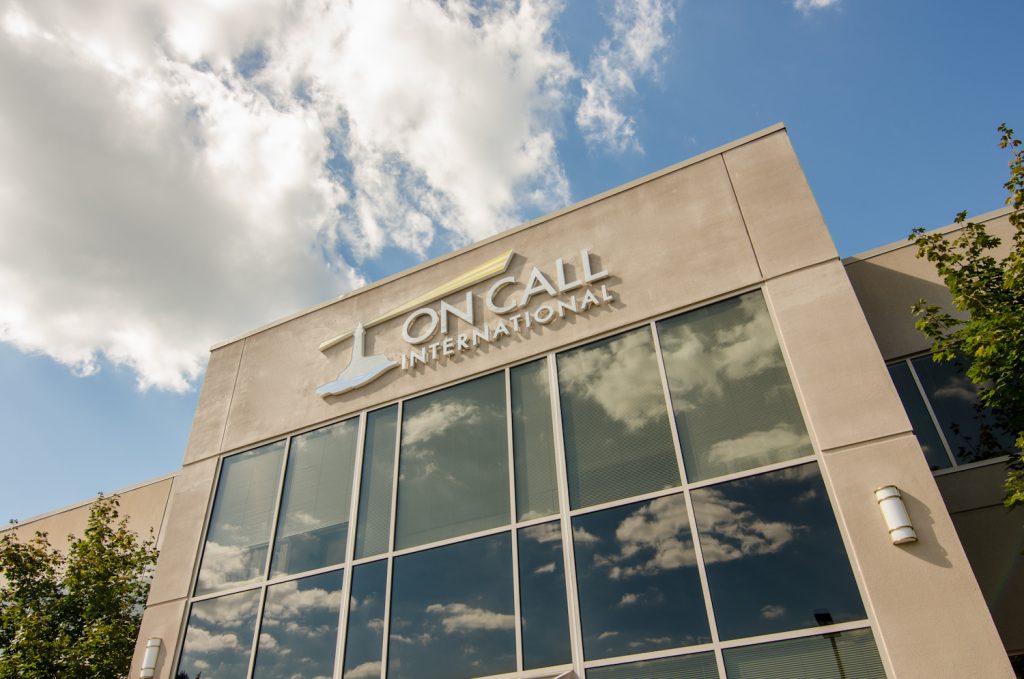After a long and uncomfortable flight, you finally arrive at the baggage carousel only to realize that your baggage is nowhere in sight. Great. Besides having a meeting in less than three hours, you still need to pick up your rental car, check into your hotel room and change into your meeting attire which, of course, is packed in your suitcase. Oh, and those meeting documents? Those were also stashed in your checked baggage for “safekeeping.” What now?
Don’t panic—while our travelers can give us a call and we’ll assist them through the process of finding their missing luggage, here are some additional tips from our Global Response Center for those who find themselves in this (all too common) travel bind:

Talk to Your Airline: The first thing you’ll need to do is talk to a representative at the airline’s baggage counter, which you can almost always find near the baggage carousel. Make sure you have the luggage receipt for every bag you checked when you first arrived at the airport—these are very important to keep with you as the attendant will use them to determine if your luggage is delayed, left behind in transit or completely lost. In the rare event your luggage has been declared lost, the employee will file a claim. Before you part ways, make sure you not only have a copy of the report, but also ask for a number that will put you in direct contact with the baggage counter (trust us—chances are high that you’ll need to call to follow-up). And oftentimes, if you try calling an airline’s customer service, they will have no idea that you even filed a baggage claim.
Pro Tip: File this report before you leave the airport. This not only eliminates hassles, but many airlines have claim filing deadlines. Also, keep your packing list in your carry-on (along with a clean change of clothes!) to make the claim process easier. That way, you won’t forget anything of value when the airline representative asks you for an itemized list of what you packed.
Know Your Rights: If your luggage is deemed lost, many airlines have a maximum claim allowance, which is usually indicated on the back of your ticket, baggage receipt or on your airline’s website. It’s important to take these claim allowances into careful consideration, especially when you’re packing. For example, if your airline has a claim limit of $200, it’s best to refrain from packing a $2,000 laptop inside your luggage (if you must take it, along with anything else of value, put them in your carry-on instead). Travel insurance can also come in handy in these scenarios, with many plans reimbursing up to a certain amount for lost or stolen items. When purchasing plans, make sure your claim allowance is aligned with your personal comfort level of the potential of losing higher-value items.
Some additional tips to keep in mind: You can help prevent lost or delayed baggage with a few simple tricks:
-
-
Avoid tight connections when you’re planning your air travel—if you’re struggling to get to your next flight, chances are, the people in charge of your luggage are feeling frazzled too.
-
Take off any old tags from flights you have taken before as these might confuse the person responsible for directing the luggage.
-
Make sure that when you check in to your flight, the person checking your bags attaches the correct destination tags to all of your bags.
-
Put your name and phone number on the outside and inside of your luggage.
-
Use something to differentiate your suitcase, such as a colorful ribbon, to help prevent someone with similar-looking luggage from grabbing it by mistake.
-
Take a photo of your luggage, which you may help the airline employee identify later.
-
On Call’s clients and travelers are encouraged to contact us if they need assistance with any travel problem—no matter how big or how small. For everyone else, please feel free to visit us at www.oncallinternational.com to learn more about Call’s travel risk management and global emergency assistance solutions.
About On Call International:
When traveling, every problem is unique–a medical crisis, a political threat, even a common accident such as a missed flight. But every solution starts with customized care that ensures travelers are safe and protected. That’s why for over 25 years, On Call International has provided fully-customized travel risk management and emergency assistance services protecting millions of travelers, their families, and their organizations. Visit www.oncallinternational.com to learn more.


